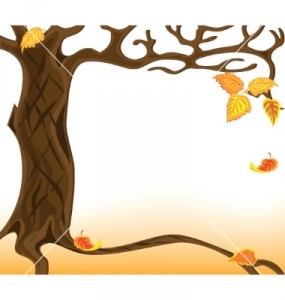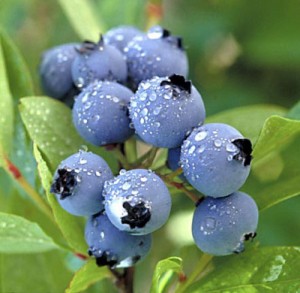Write three 17 syllable haiku.
Haiku (俳句 high-koo) are short poems that use sensory language to capture a feeling or image. They are often inspired by an element of nature, a moment of beauty or a poignant experience. Haiku poetry was originally developed by Japanese poets, and the form was adapted to English and other languages by poets in other countries. Read on to learn how to write one yourself.
Know the sound structure of haiku. Japanese haiku traditionally consist of 17on, or sounds, divided into three phrases: 5 sounds, 7 sounds, and 5 sounds. English poets interpreted on as syllables. Haiku poetry has evolved over time, and most poets no longer adhere to this structure, in either Japanese or English; modern haiku may have more than 17 sounds or as few as one.[1]
- English syllables vary greatly in length, while Japanese on are uniformly short. For this reason, a 17-syllable English poem can be much longer than a traditional 17-on Japanese poem, straying from the concept that haiku are meant to distill an image using few sounds. Although using 5-7-5 is no longer considered to be the rule for haiku in English, it is still often taught that way to children in school.
- When you’re deciding how many sounds or syllables to use in your haiku, refer to the Japanese idea that the haiku should be able to be expressed in one breath. In English, that usually means the poem will be 10 to 14 syllables long.[2] Take, for example, these haiku:
- An afternoon breeze
expels cold air, along with
the fallen brown leaves.
- Cherry blossoms bloom,
softly falling from the tree,
explode into night.
- The warmth on my skin.
Fire falls beneath the trees.
I see the sun set.
- Summer here again.
Music plays sweetly, drifting.
And life is renewed.
- A winter blanket
covers the Earth in repose
but only a dream
- An afternoon breeze



